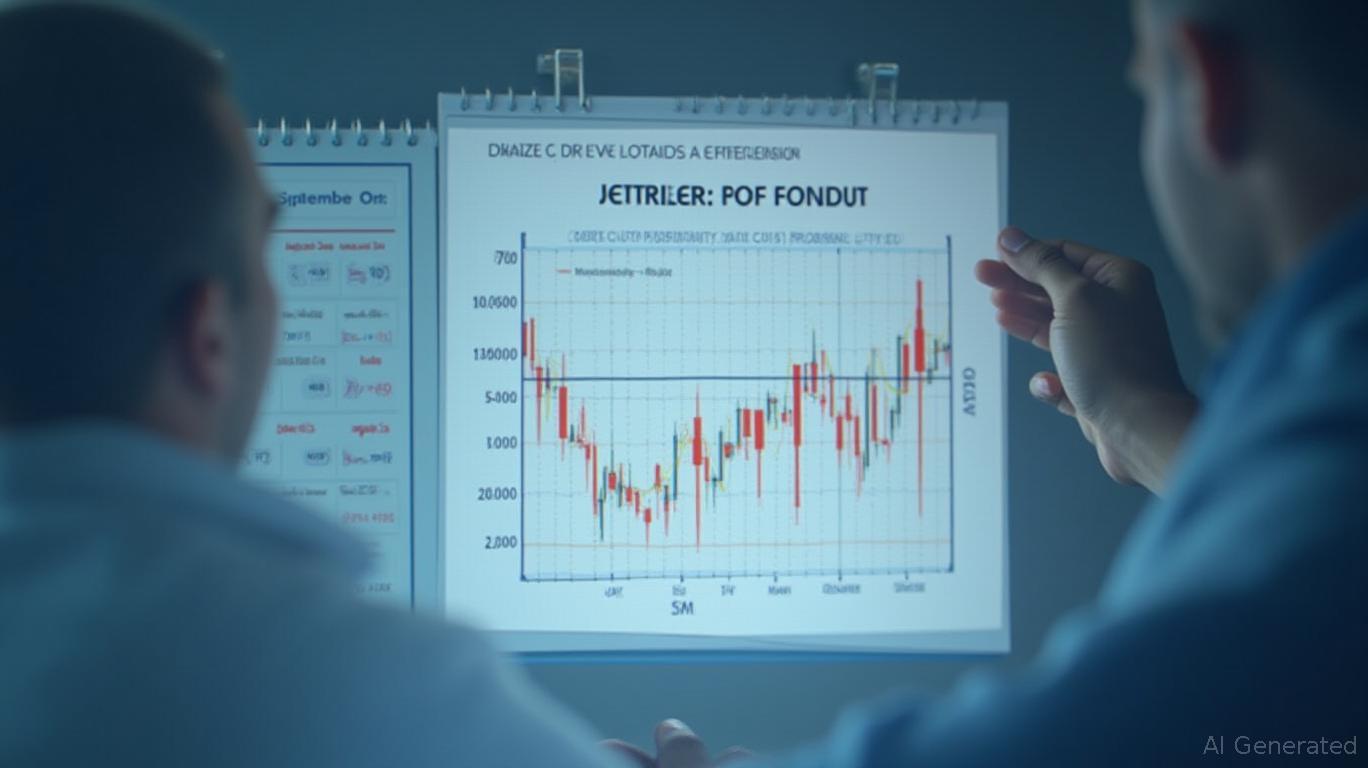Nvidia's Dominance at Risk: How DeepSeek R2 Could Spark a Short Opportunity
The AI hardware landscape is on the brink of a seismic shift. DeepSeek’s latest model, R2, threatens to upend Nvidia’s near-monopoly in the GPU market by leveraging Chinese-made semiconductors and groundbreaking architectural innovations. For investors, this could signal a prime opportunity to short Nvidia (NASDAQ: NVDA) as demand for its chips faces unprecedented competition.

The DeepSeek R2 Threat Multiplier
DeepSeek R2’s core advantage lies in its pivot away from U.S. hardware. Instead of relying on Nvidia’s A100 or H100 GPUs, it uses Huawei’s Ascend 910B chips, which achieve 91% efficiency of comparable Nvidia systems at a fraction of the cost. This shift not only sidesteps U.S. export controls but also taps into China’s drive for tech self-reliance.
The financial implications are stark. R2’s hybrid Mixture-of-Experts (MoE) architecture cuts training costs by 97.3% versus OpenAI’s GPT-4, which depends heavily on Nvidia GPUs. Meanwhile, DeepSeek-R1’s API pricing—$0.55 per million input tokens versus OpenAI’s $15—already signals a price war that could force businesses to reconsider their GPU investments.
Recall that the release of DeepSeek-R1 in early 2025 triggered a 17% drop in NVDA’s stock, as investors priced in long-term demand erosion. R2’s superior efficiency and lower costs could reignite this volatility, especially amid U.S.-China tech tensions.
Why This Matters for Nvidia’s Bottom Line
- Market Share Erosion: China represents a critical growth market for Nvidia, but local firms like DeepSeek are now viable alternatives. A single R2-scale deployment could replace thousands of H100 GPUs, directly reducing Nvidia’s sales.
- Cost-Competitive Pricing: DeepSeek’s API pricing model could pressure Nvidia’s GPU margins. If other firms follow suit, the AI industry might prioritize cost-effective chips over premium U.S. hardware.
- Environmental and Scalability Gains: R2’s energy efficiency—enabled by Ascend chips and optimized software—aligns with global ESG priorities. This positions DeepSeek as a greener alternative, appealing to sustainability-focused investors.
Counterarguments and Risks
Skeptics argue that cheaper models like R2 might expand the AI market overall, creating new demand for computing power. However, this hinges on whether efficiency gains outpace market growth. Given that R2’s training costs are orders of magnitude lower than GPT-4’s, the risk of overcapacity in GPU demand remains high, particularly in cost-sensitive regions.
Conclusion: The Case for a Short Play
DeepSeek R2 poses a credible threat to Nvidia’s GPU dominance. With 91% efficiency of A100 systems, 97.3% lower training costs, and a 17% stock price precedent, the data suggests significant downside risk for NVDA.
Investors should monitor:
- Nvidia’s GPU sales to Chinese enterprises (Q2 2025 results due August 17).
- DeepSeek’s API adoption rates, which could accelerate if cost advantages materialize.
- Huawei’s semiconductor roadmap, as Ascend’s scalability will determine long-term competition.
If DeepSeek’s model gains traction, the 17% stock drop from R1’s launch could look modest. For contrarian investors, now may be the time to position for a tech landscape where “Made in China” AI hardware finally challenges the king of GPUs.
The AI revolution is no longer a U.S. monopoly. For those willing to bet on disruption, Nvidia’s reign may be nearing its peak.


_183e5bc31749756677125.jpeg)







